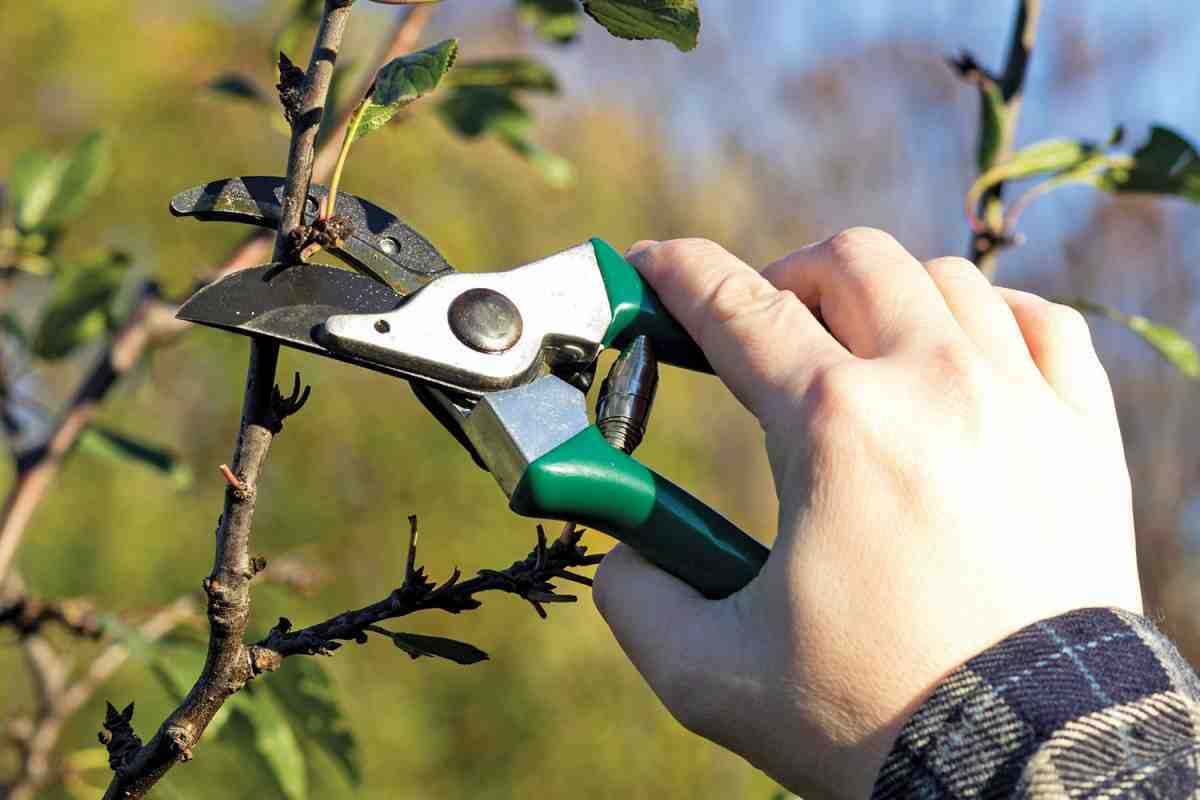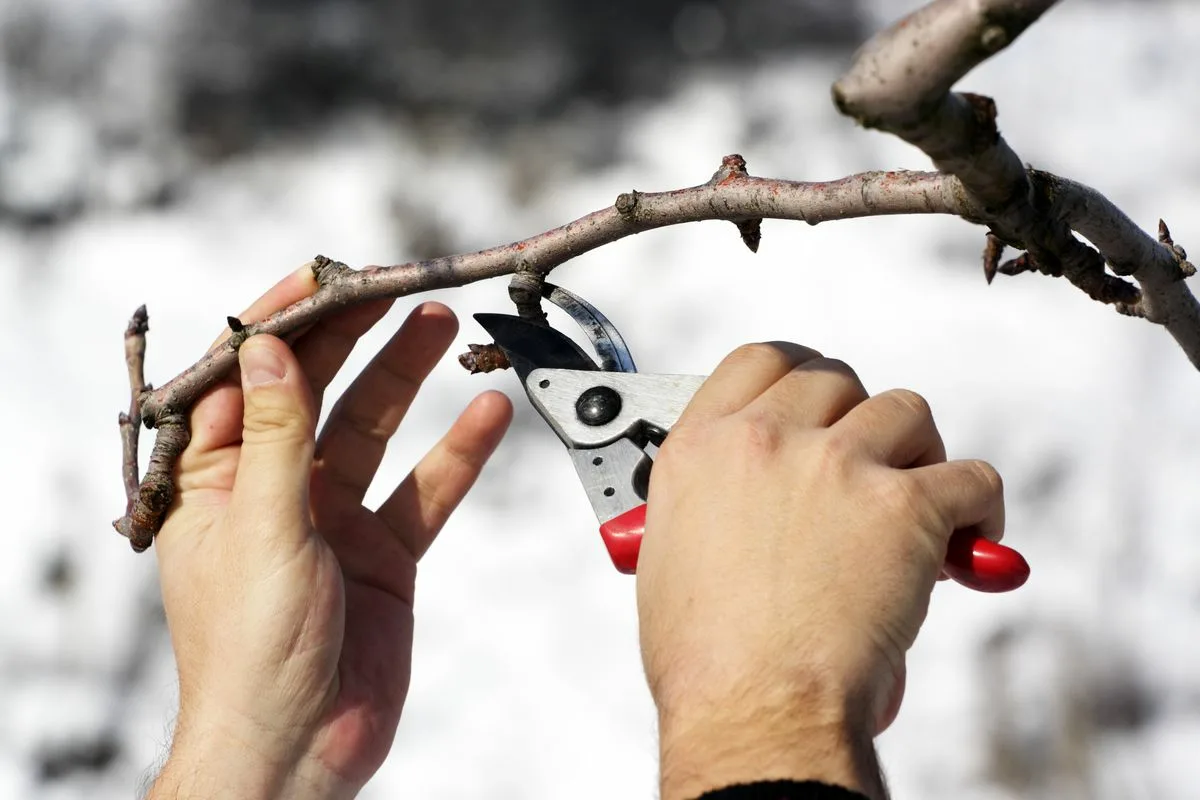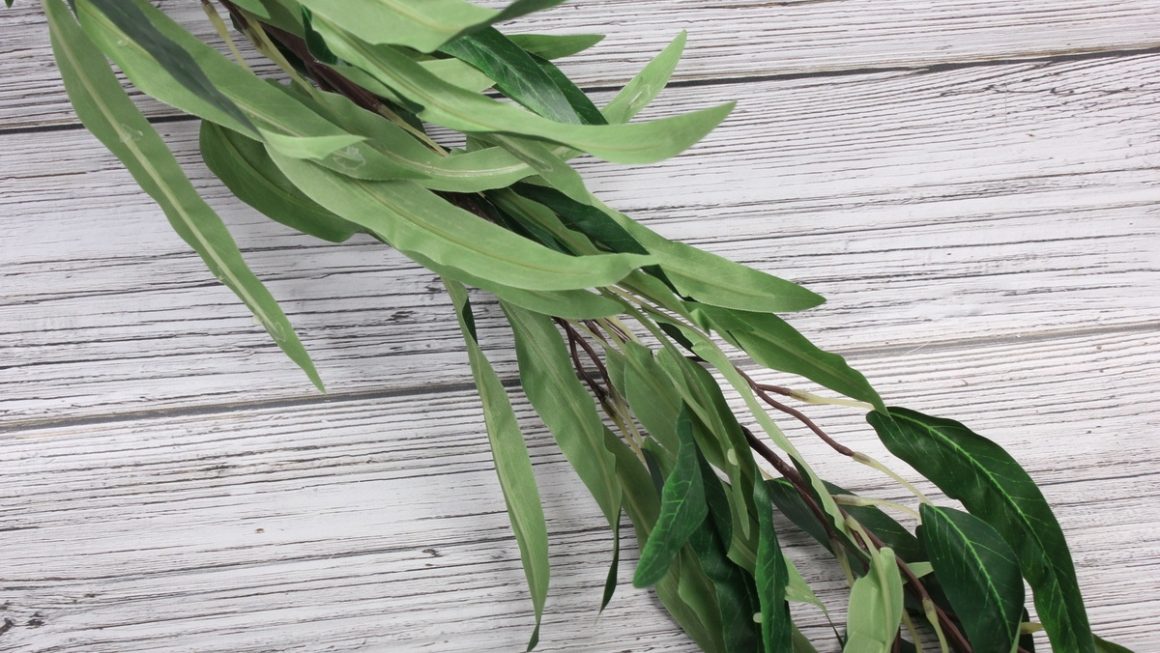With winter fast approaching, it is essential to prepare your garden for the cold months ahead. One of the most effective ways to do this is to prune some of your trees at this time of year. Autumn pruning not only maintains the vitality of trees, but also helps prevent potential diseases. Today, let’s focus on three specific trees: maple, oak and weeping willow. You’ll discover why and how to prune them to ensure their optimal health.
Why is autumn pruning important?
Before diving into the specifics of each tree, let’s look at why autumn pruning is a recommended practice for many types of trees. In general, pruning in autumn benefits trees in several ways:
- Tree health: removing dead or diseased branches reduces the risk of disease spread and promotes optimal healing.
- Dormant period: During this season, trees are dormant, which means that pruning will not disrupt sap flow as much as it would in spring or summer.
- Prevention of winter damage: Pruning weak branches protects against damage caused by wind, snow, or frost, thereby strengthening the structure of the trees.
Pruning a maple tree
Know your maple tree
Maple trees are prized for their vibrant autumn colours and sturdy wood. However, like any other plant, they require regular maintenance to stay healthy. A well-pruned maple tree is less susceptible to disease and has a better aesthetic appearance.
Pruning tips for maple trees
To prune your maple tree in autumn, start by inspecting the tree for damaged, diseased or dead branches. Use clean, sharp gardening tools to avoid spreading infection. Here are a few simple steps:
- Remove dead or damaged branches to avoid the risk of disease.
- Reduce crossed or intertwined branches to improve air circulation and light penetration.
- Adjust the height if necessary, but avoid cutting more than a third of the tree to protect its vitality.
By following these tips, your maple tree will be better prepared to face winter and start growing vigorously again in spring.
Pruning an oak tree
Special features of oak trees
The oak is a majestic tree, often synonymous with strength and longevity. However, even oak trees need some attention, especially when it comes to preserving their sturdy structure. Pruning an oak tree correctly in autumn can make all the difference between a healthy tree and one that is susceptible to disease.
Pruning guide for oak trees
As with maple trees, be sure to use the appropriate gardening tools. In the case of oak trees, focus primarily on formative pruning of young trees and maintenance of more mature specimens:
- Remove lower branches to promote a well-formed, balanced canopy.
- Cut away dead or diseased branches to prevent disease and promote optimal healing.
- If necessary, slightly reduce the upper branches to control height without compromising the integrity of the tree.
Now that you have these tips at your fingertips, don’t hesitate to take the plunge. Your oak tree will thank you with increased vigour and beauty that will last for many years to come.
Caring for a weeping willow
Specific characteristics of the weeping willow
The weeping willow is known for its long, graceful branches that fall to the ground, creating a peaceful atmosphere in any garden. However, this unique beauty comes with its own maintenance challenges. The heavy branches can become a burden on the tree if not properly managed.
Pruning strategy for weeping willows
Autumn pruning is crucial for weeping willows as it helps to reduce the weight of the branches and prevents breakage during winter storms. Here’s how to do it:
- Select the main branches that form the structure of the tree and keep them in good condition.
- Remove branches that are too long or damaged to lighten the crown and prevent breakage under the weight of snow.
- Remove suckers growing directly near the trunk to redistribute the tree’s energy to the main parts.
You will quickly notice that this approach will improve the vitality and beauty of your weeping willow, making it ready to withstand the winter and bloom brilliantly in the spring.

Additional tips for effective pruning
Use the right tools
Whether you are working on a maple, oak or weeping willow, it is crucial to have the right gardening tools. Invest in sharp shears, sturdy pruning saws and wear protective gloves. Quality tools not only make the job easier, but also reduce the risk of injuring the tree.
Respect the timing
Although autumn pruning is generally beneficial, avoid pruning just before a period of intense frost. Optimal healing depends on moderate temperatures that allow the cuts to begin to close before the onset of severe cold.
In addition, always respect the individual needs of each species. For example, some varieties of maple may require lighter pruning, while young oaks will benefit greatly from formative pruning to guide their growth.
Watch for signs of disease
After pruning, continue to monitor your trees for early signs of disease. Remember that prevention is the best cure. If you notice any worrying changes, consult a professional arborist for appropriate recommendations. This will ensure the long-term health of your trees.
Prepare the garden for winter
Of course, pruning your trees is only part of preparing your garden for winter. Also consider protecting the root areas of your trees by adding a layer of organic mulch. This practice will stabilise the soil temperature and conserve moisture, providing a favourable environment for your trees during their dormant period.




